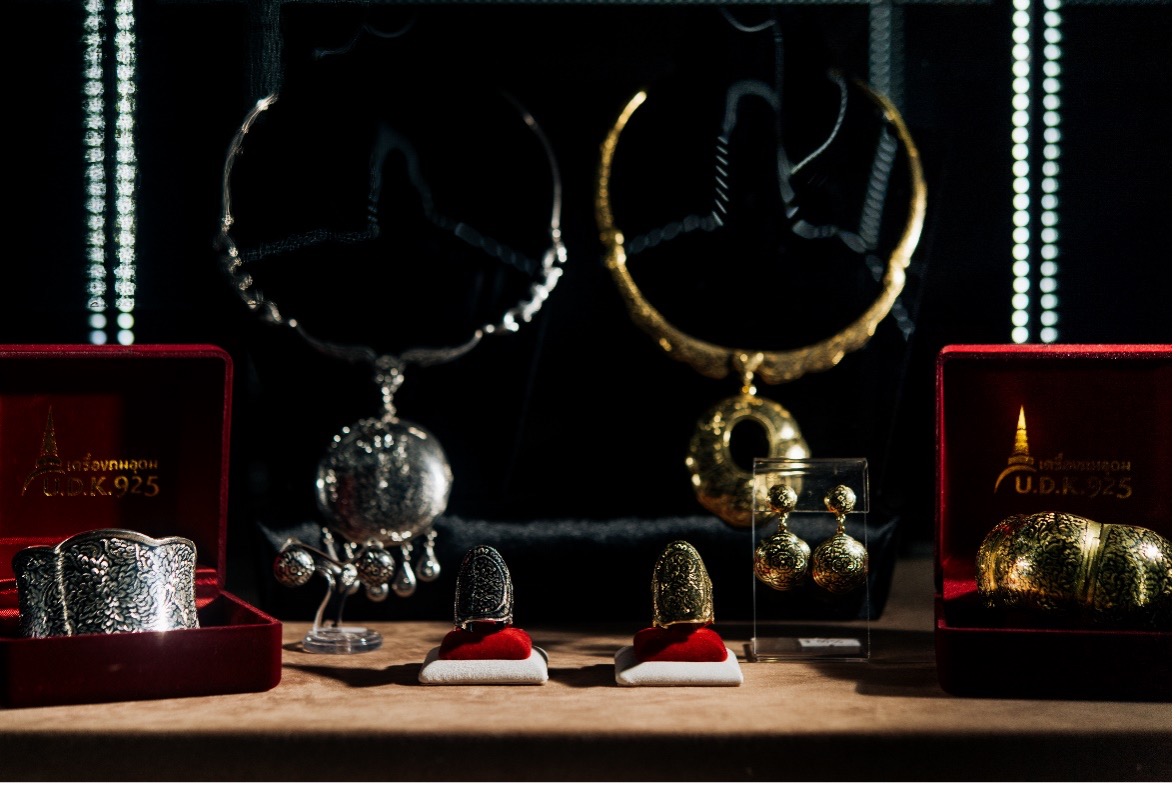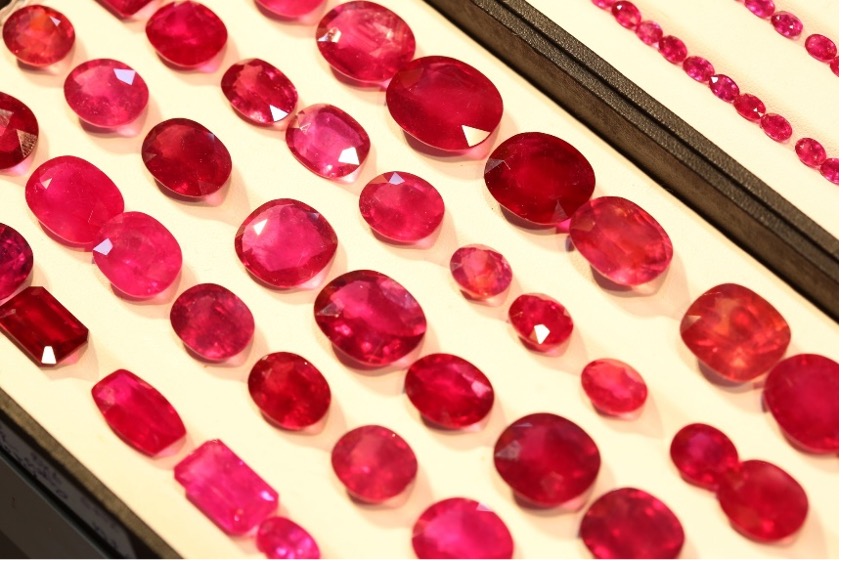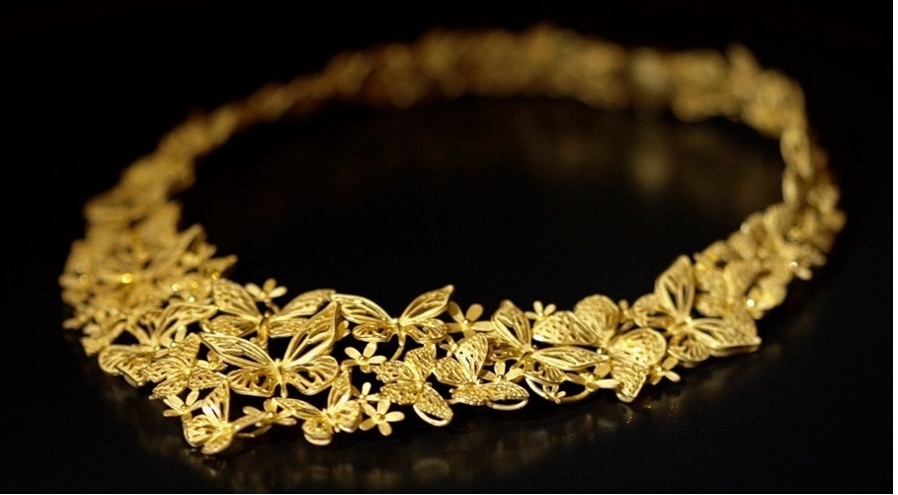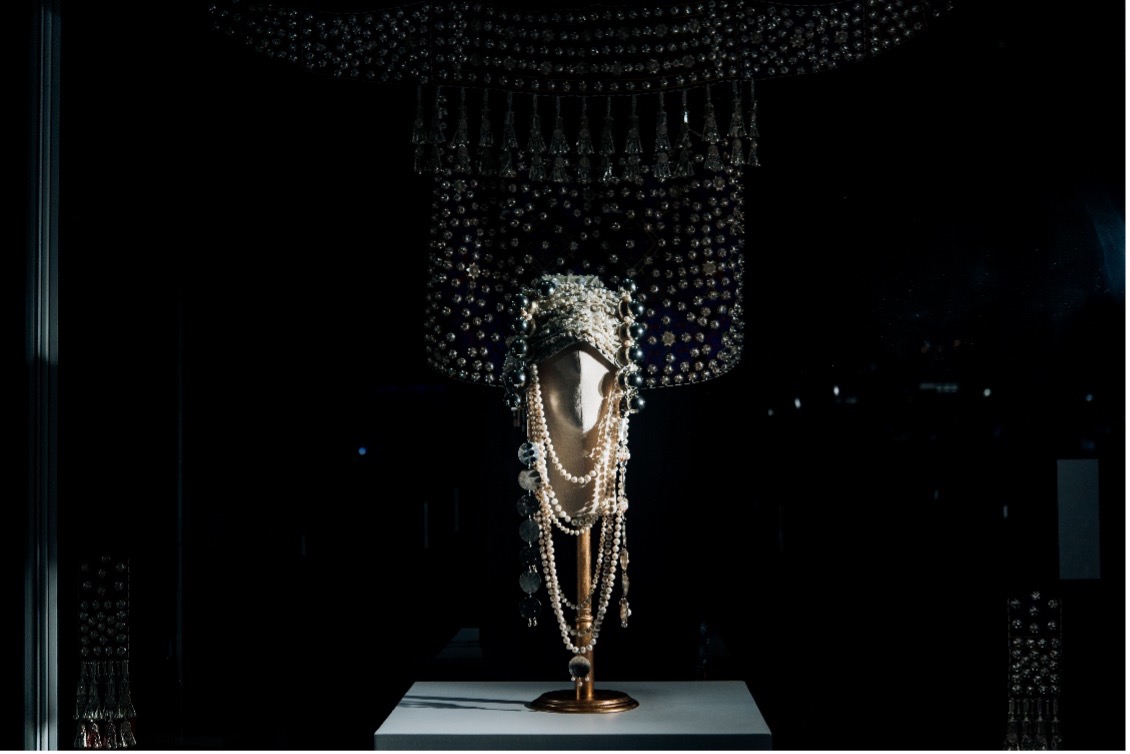News & Update
Thailand Gems and Jewelry: Heritage and Identity
In the capacity of being one of the world’s major jewelry makers equipped with various superiority in craftsmanship, know-hows and technologies, Thailand’s gems and jewelry have been highly recognized in the global market for their exceptional quality and enchanting designs. The advantage is not singlehandedly hinged on export-oriented industry but it instead lies within craftspeople’s artistry, wisdom, and identity.

Gold and other shiny metals have always fascinated people. Their unique natural properties, including their flexible character and brilliantly shiny appearance, means that they have been valued and utilized across the world for thousands of years. Early civilizations such as the Incas revered them as if they equated gods. Some associated them with power, beauty, and elite status. And since these precious metals are distributed all over the globe, the thoughts about precious metals throughout ancient and modern times remain more or less the same everywhere.
Lifestyles, cultures, and traditions of Thai people in different regions are the cradle of influences for different styles of jewelry products. Thai artisans are free to relate their elaboration and local stories onto jewelry pieces to explicitly demonstrate identities and patterns that induce recognition and indicate its origin related to Thailand’s distinctive personality.
Thai Gemstones
Originally known for deep-red rubies from Chanthaburi province and the blue sapphires from Kanchanaburi province, the influx of gemstones from all over the world to Thailand has fueled a spike in the gem-cutting and polishing industry where skilled artisans work to turn the mined stones into exquisite gems.
As the industry grew, the industry also enhanced state-of-the-art techniques of heating and treating processes to further beautify the gems and jewelry. Thai gemstones are known as one of the most obvious representations of Thailand’s brand. They epitomize high quality and diversified fine jewelry that are set, cut, polished, and produced in Thailand.

Gemstone jewelry with identity are hand-crafted, which require a long period of time in production. Patience and meticulousness is needed as most of the production processes are done by hands. Machines are seldom involved in some steps. It takes 2-4 weeks to produce a piece. Most of the craftsmen have been trained to master necessary skills by their predecessors. Jewelry products are largely manufactured in households or small factories, which gather experienced and skillful craftsmen in the communities to work. Producers in each community have capacity in producing jewelry of almost every category: earring, ring, necklace, bangle, belt and hairpin.
Thai Gold Jewelry

Credit: Prima Gold
Thai traditional gold jewelry products are unique and different from mainstream gold jewelry products because of their difference in gold purity of up to 99.9%. Gold jewelry of Sukhothai province and Phetchaburi province are considered superior art works with a cognitive foundation in production and pattern design based on authentic Thai arts, which often related to religion, historic sites and lifestyles of Thai people in the past. However, due to the different environments in each region, gold jewelry pieces from the areas bear diverse details in patterns and production techniques that they become more unique with distinctive local identities.
Patterns of Sukhothai gold jewelry are influenced by the ancient Sukhothai cultures. Weaving and enameling techniques to add colors — red, green, blue, and white — onto jewelry pieces. Special techniques are applied in Phetchaburi gold jewelry production to create a filing ring, or a ring set with polki gemstones and both sides of its setting are filed into cavities, to make Luk Son (pinecone) pattern and to curl gold wires into a shape similar to a Chinese lantern for Pawalam pattern.
Thai Silver Jewelry

Thai silver jewelry is mostly produced in Thailand’s northern and north-eastern provinces. Designs of silver jewelry in northern Thailand are influenced by ancient Lanna as well as hill tribe cultures, different fields of arts, and concepts in Buddhism, beliefs, and literature. Patterns used in silver jewelry pieces are equally intricate and beautiful. However, as environments and attitudes of artisans vary according to their localities, silver jewelry pieces from different sources bear their own distinctions.
In Sukhothai province, silver jewelry products are made out of complicated production processes, which involve a technique from local wisdom such as silver wire weaving and enameling. Resulted patterns reflect the glorious arts and cultures of the ancient local kingdom.
In the lower northeastern region, the silver jewelry there is influenced by Khmer arts. As a result, Surin silver province somewhat demonstrates distinction compared to silver jewelry products of other areas in designs. It primarily employs carved beads and unique local shapes such as a Dok Takao, a Khmer name for a flat circular silver piece with jagged edges similar to the sun. Artisans usually use bent wires to make patterns embellishing each Dok Takao piece.
Discover the Thai identity at the 67th Bangkok Gems & Jewelry Fair
Explore the splendor of exquisite Thai jewelry products at the 67th Gems and Jewelry Fair. The fair and its underlying activities will be organized between September 7 and 11, 2022 at IMPACT Challenger Hall 1-3, Muang Thong Thani. For more information, visit www.bkkgems.com and be a part of the most complete gems and jewelry trade show in Bangkok.



